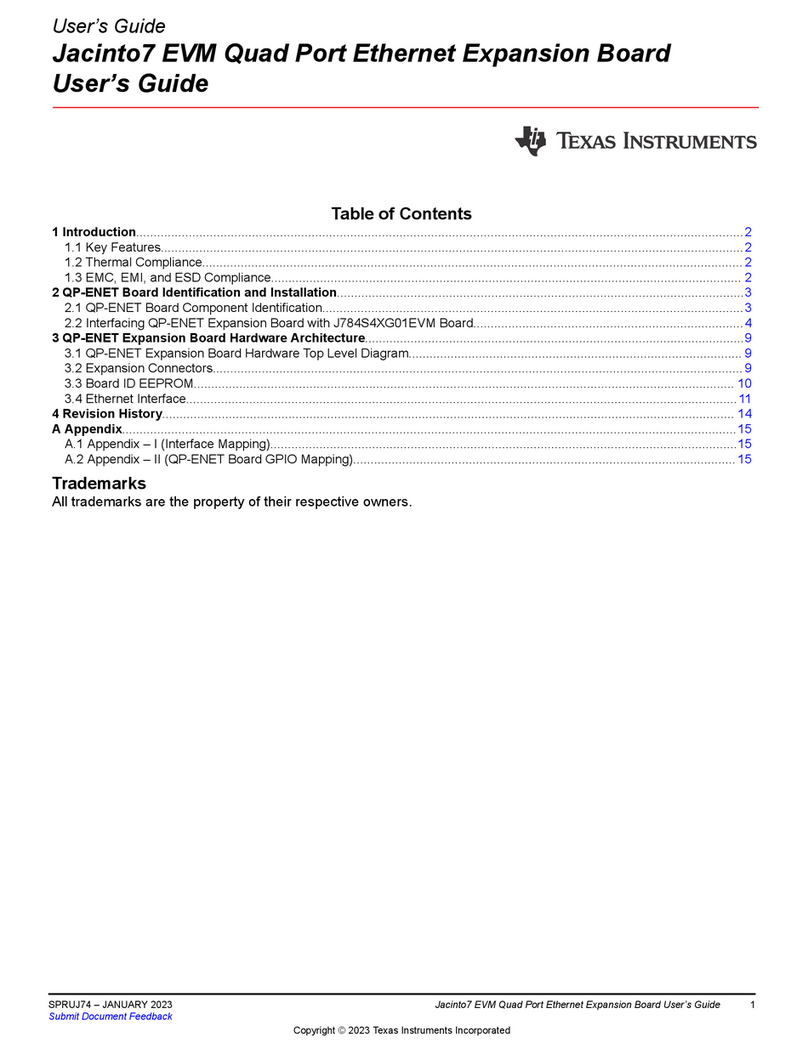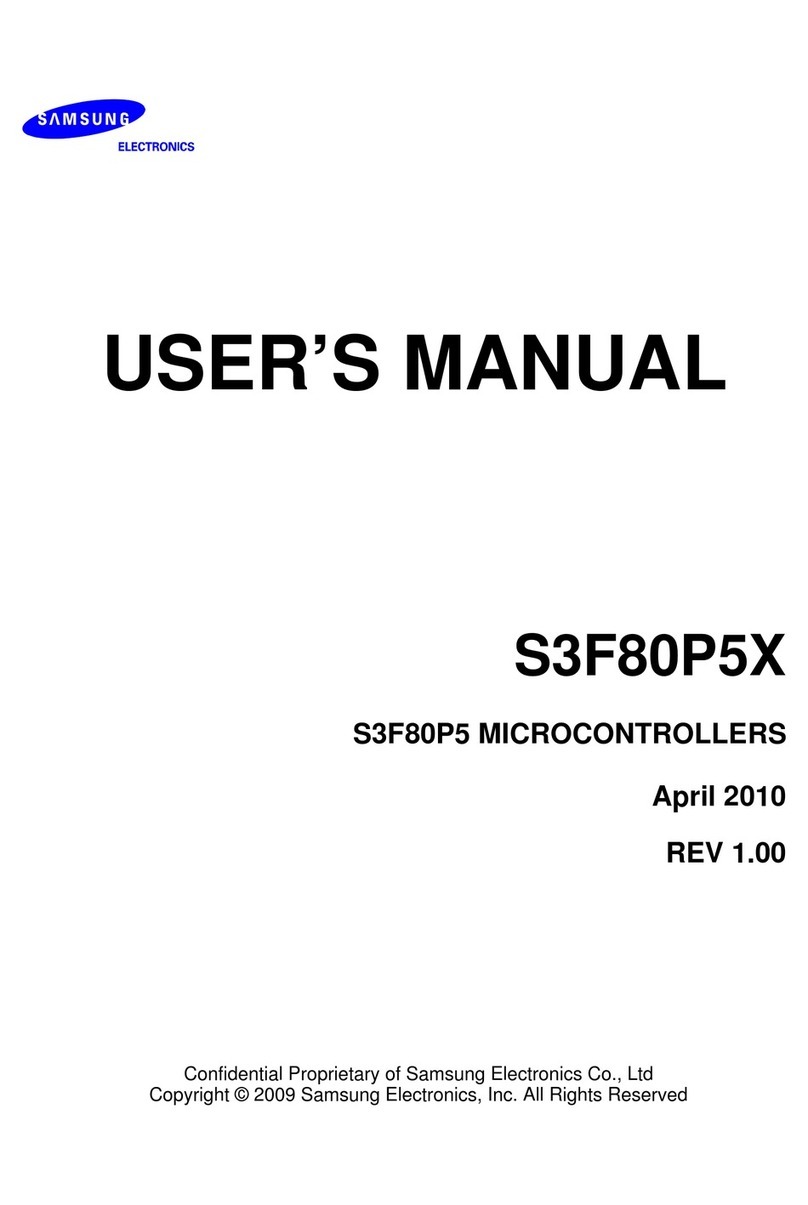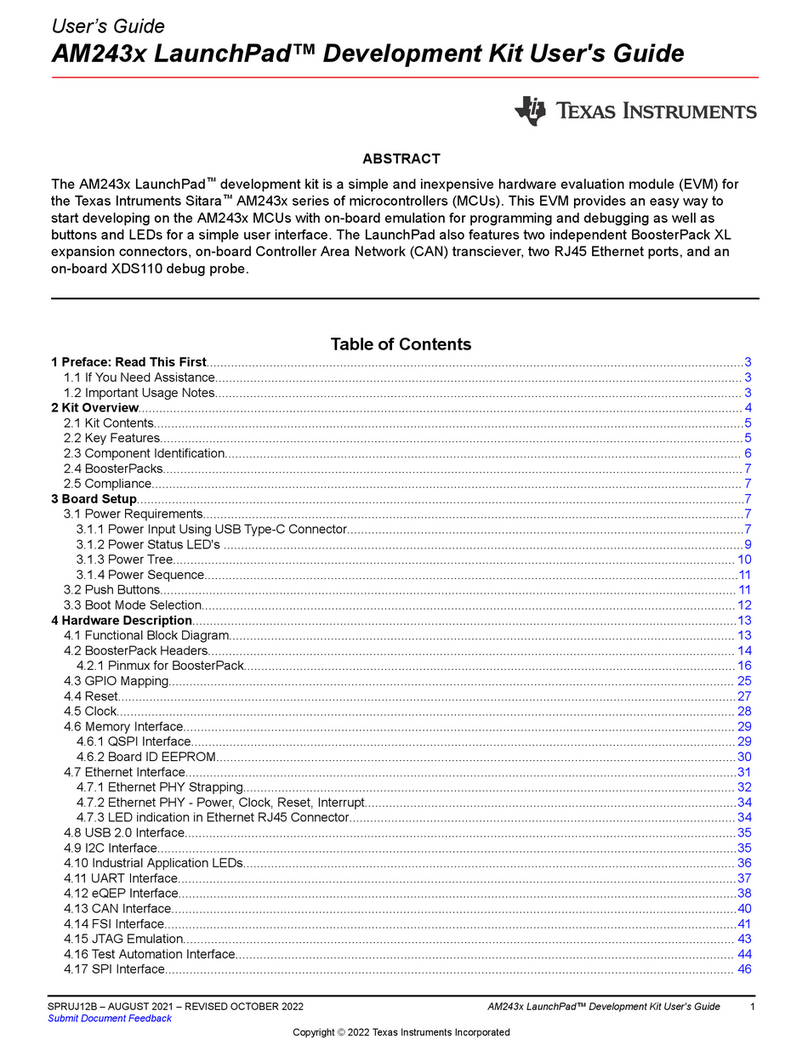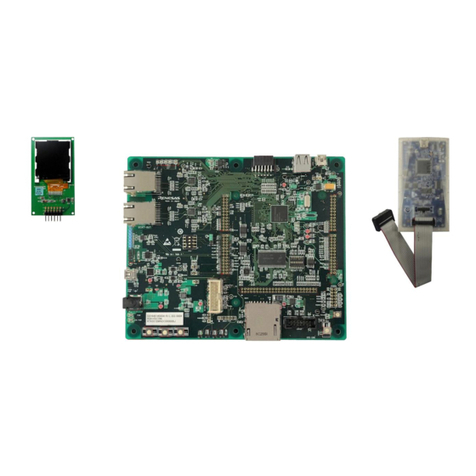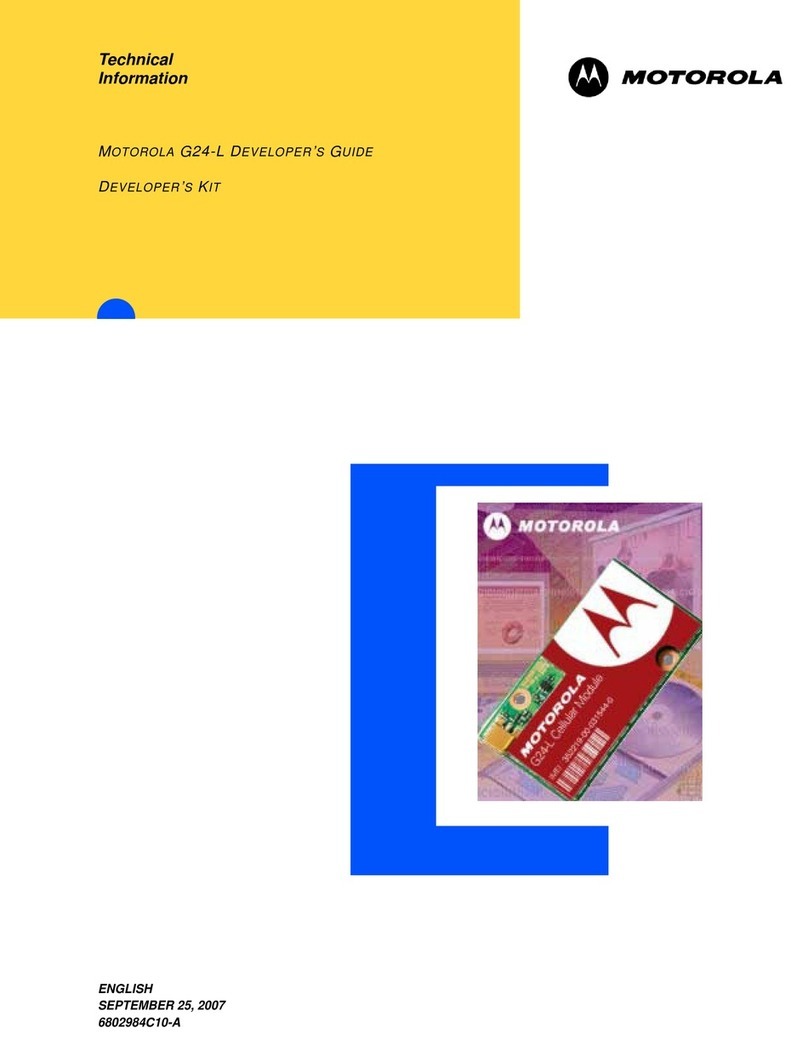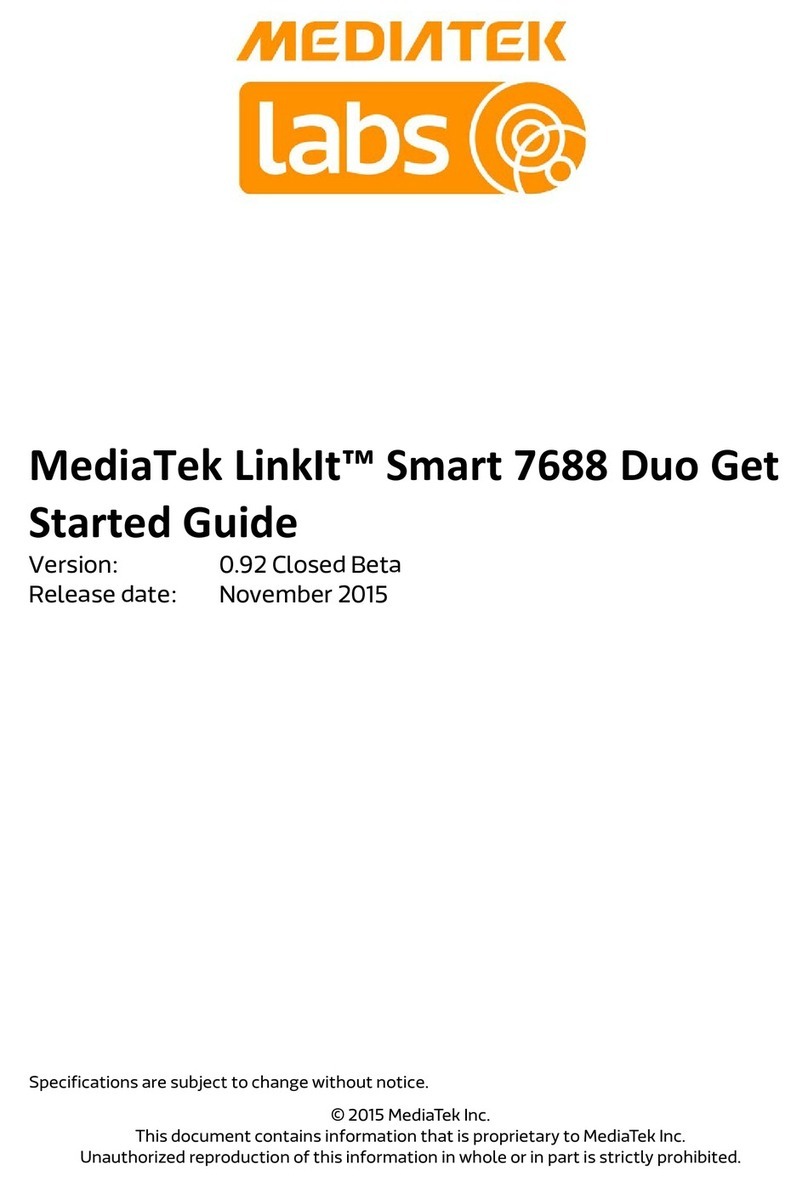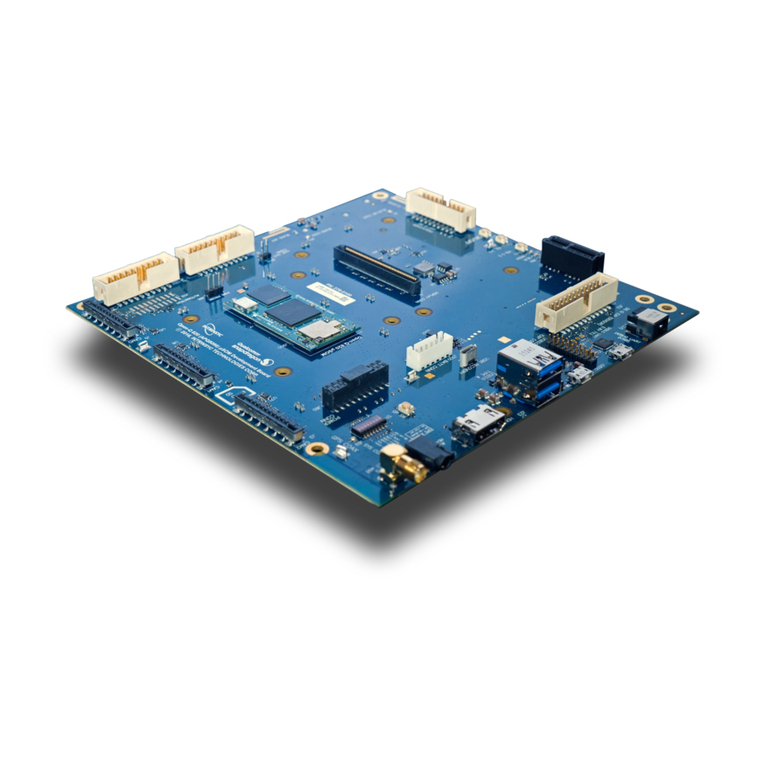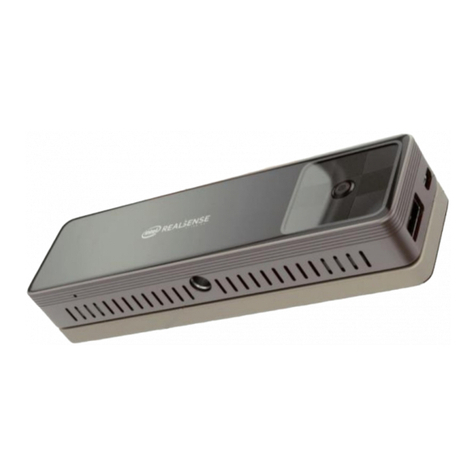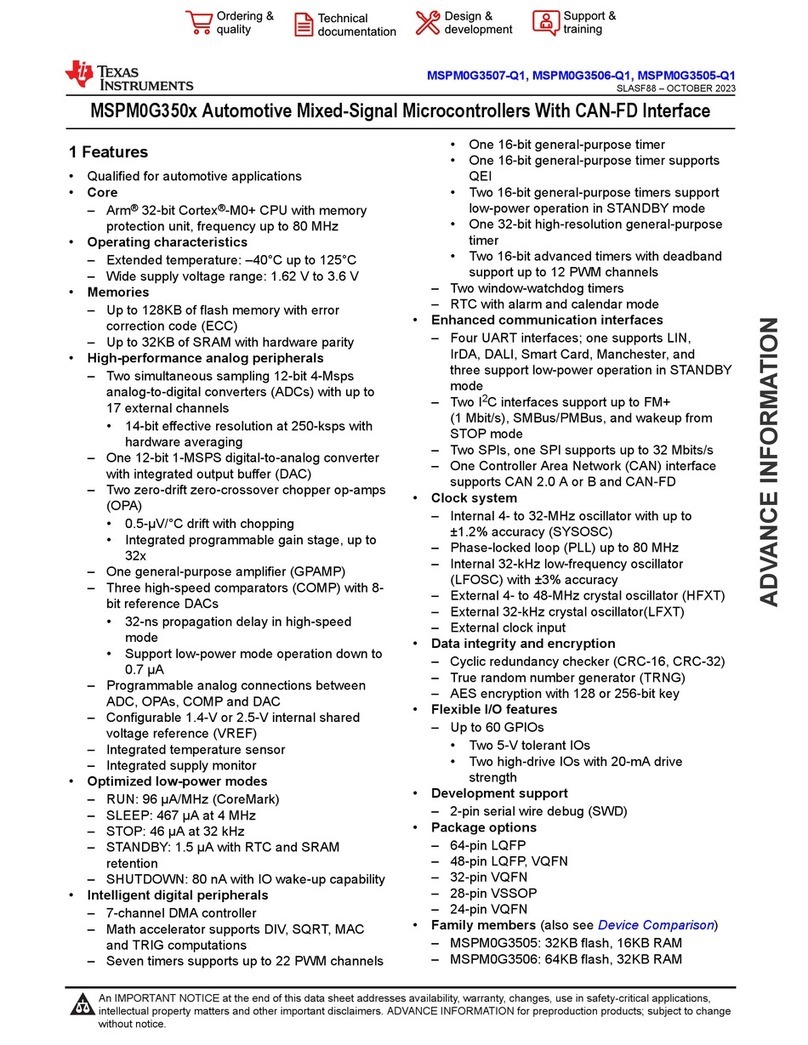BAT32G137 User's Guide |Documentation Usage Instructions
www.mcu.com.cn 13 / 1052 V2.1.1
19.3.10 Serial channel allows state register m (SEm).................................................................................................... 542
19.3.11 Serial output allows register m (SOEm)............................................................................................................. 543
19.3.12 Serial output register m (SOm).......................................................................................................................... 544
19.3.13 Serial output level register m (SOLm)................................................................................................................ 545
19.3.14 Input switch control register (ISC)...................................................................................................................... 547
19.3.15 Noise filter allows register 0 (NFEN0)................................................................................................................ 548
19.3.16 Register for controlling serial input/output pin port function............................................................................... 549
19.4 Idle Mode............................................................................................................................................................. 550
19.4.1 Unit Stop Operation........................................................................................................................................... 550
19.4.2 Stop by Channel................................................................................................................................................ 551
19.5 Operation of Serial I/O (SSPI00, SSPI01, SSPI10, SSPI11, SSPI20, SSPI21) Communication with 3 Lines ..... 552
19.5.1 master transmission .......................................................................................................................................... 553
19.5.2 master receive................................................................................................................................................... 561
19.5.3 Master send and receive ................................................................................................................................... 569
19.5.4 Slave send......................................................................................................................................................... 577
19.5.5 slave receive...................................................................................................................................................... 585
19.5.6 Slave send and receive..................................................................................................................................... 591
19.5.7 Calculation of transmission clock frequency...................................................................................................... 600
19.5.8 Processing steps for errors occurring during 3-wire serial I/O (SSPI00, SSPI01, SSPI10, SSPI11, SSPI20,
SSPI21) communication.................................................................................................................................... 602
19.6 Clock synchronization serial communication operation of slave selectioninput function...................................... 603
19.6.1 Slave send......................................................................................................................................................... 606
19.6.2 slave receive...................................................................................................................................................... 616
19.6.3 Slave send and Receive.................................................................................................................................... 623
19.6.4 Calculation of transmission clock frequency...................................................................................................... 633
19.6.5 Processing steps when an error occurs during clock synchronization serial communication of a slave selection
input function..................................................................................................................................................... 634
19.7 Operation of UART(UART0~UART2) Communication......................................................................................... 635
19.7.1 UART Send ....................................................................................................................................................... 636
19.7.2 UART Receive................................................................................................................................................... 645
19.7.3 Calculation of Baud Rate................................................................................................................................... 652
19.7.4 Processing steps when an error occurs during UART (UART0~UART2) communication................................. 656
19.8 Operation of LIN Communication......................................................................................................................... 657
19.8.1 LIN Send ........................................................................................................................................................... 657
19.8.2 LIN receiving...................................................................................................................................................... 660
19.9 Operation of Simple I2C (IIC00, IIC01, IIC10, IIC11, IIC20,IIC21) Communication............................................. 665
19.9.1 address segment sending ................................................................................................................................. 666
19.9.2 data transmission .............................................................................................................................................. 671
19.9.3 data receiving.................................................................................................................................................... 674
19.9.4 Generation of Stop Condition ............................................................................................................................ 678
19.9.5 Calculation of transfer rate ................................................................................................................................ 679
19.9.6 Processing steps when an error occurs in a simple I2C (IIC00, IIC01, IIC10, IIC11, IIC20, IIC21) communication
process.............................................................................................................................................................. 681
Chapter 20 serial interface IICA.......................................................................................... 682






















